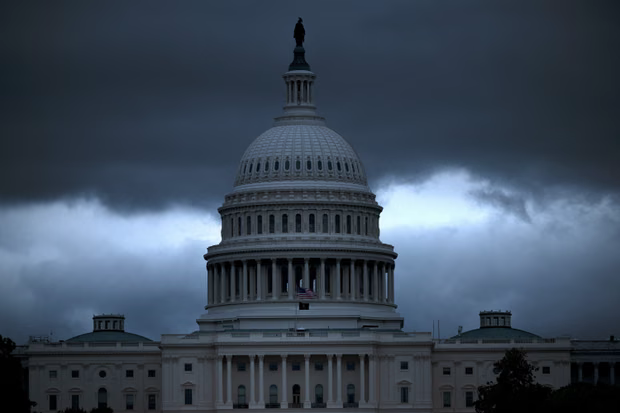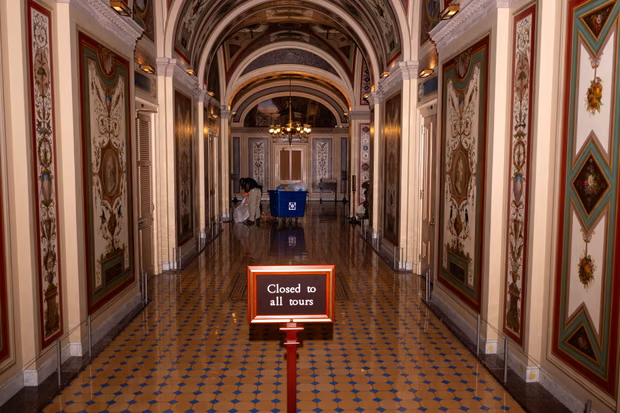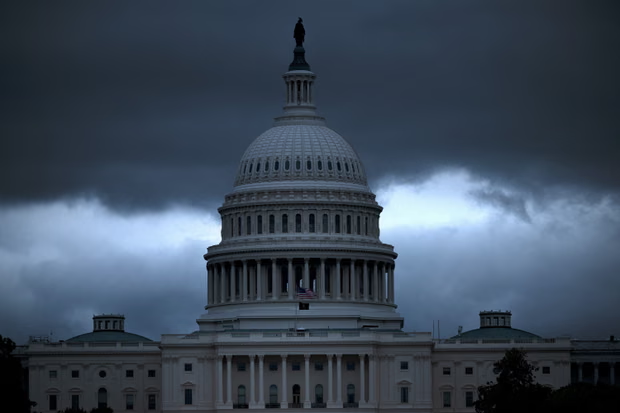The White House on Friday confirmed the start of layoffs across multiple federal agencies, following through on earlier threats to downsize the workforce as the U.S. government shutdown stretched into its third week.
Russell Vought, Director of the Office of Management and Budget, announced on social media that “RIFs have begun,” invoking the government’s “reduction in force” procedure. Court documents later revealed that hundreds of federal employees had already received termination notices across departments including Commerce, Energy, Education, Health and Human Services, Housing and Urban Development, Homeland Security, and Treasury.

According to those filings, layoffs affected approximately 315 staff at Commerce, 466 at Education, 187 at Energy, between 1,100 and 1,200 at Health and Human Services, 442 at Housing and Urban Development, 176 at Homeland Security, and 1,446 at Treasury.
Union leaders sharply condemned the move, calling it both unlawful and devastating for millions of Americans who rely on public services. Everett Kelley, president of the American Federation of Government Employees (AFGE), which represents about 800,000 federal and D.C. workers, accused the Trump administration of exploiting the shutdown as a pretext for politically motivated firings.
“It is disgraceful that this administration is using the shutdown as an excuse to illegally fire public servants who keep our communities functioning,” Kelley said.
Both the AFGE and the American Federation of State, County and Municipal Employees (AFSCME) have sought a court injunction to halt the layoffs, filing an emergency motion for a temporary restraining order. AFSCME president Lee Saunders said the dismissals were “illegal” and warned they would have “devastating effects” on food safety, public health, and other essential services.
“Federal employees should not be treated as bargaining chips in political games,” Saunders added.
Labor unions, including the AFL-CIO, vowed to challenge the layoffs in court, underscoring growing tensions between the administration and organized labor over the shutdown’s handling.
The layoffs come amid a bitter standoff in Congress, where Democrats have refused to approve a Republican spending proposal that excludes healthcare provisions central to their platform. After seven failed votes, the Senate adjourned until next Tuesday, making a swift resolution unlikely.
Meanwhile, government employees received only partial paychecks for the final days of September, with no pay issued for October. Speaker Mike Johnson blamed Senate Democrats for prolonging the impasse, warning that U.S. military personnel could soon miss pay entirely.
“This is the last paycheck 700,000 federal workers will see until Washington Democrats do their job and reopen the government,” Johnson said, adding that service members “who live paycheck to paycheck” would be hit hardest.
Johnson has refused to recall the House to vote on legislation guaranteeing pay for military members during the shutdown—a move Democrats argue would provide relief without ending the stalemate.
A federal judge had earlier ordered the Trump administration to clarify by October 10 which agencies were initiating layoffs and whether furloughed employees were being recalled to carry them out. Critics argue that the administration’s actions may violate federal law, particularly the Antideficiency Act, which restricts new spending or permanent personnel actions during lapses in appropriations.

A report from the Center for American Progress noted that permanent layoffs typically cannot proceed during a shutdown unless initiated beforehand. The report characterized the administration’s threats as a broader political tactic, suggesting that “the goal of shrinking the federal workforce will persist with or without a government shutdown.”
Max Stier, president of the Partnership for Public Service, denounced the partisan deadlock and its consequences for public servants.
“Federal employees are being punished for political dysfunction,” Stier said. “The irony is that members of Congress and senior White House officials continue to be paid.”
The layoffs mark an escalation in the shutdown crisis, intertwining fiscal brinkmanship with an overt restructuring of the federal workforce. While the administration frames the dismissals as a budgetary necessity, unions and policy experts view them as a politically driven maneuver designed to weaken federal institutions and labor protections.
Legal challenges are likely to test the administration’s interpretation of budgetary authority during a funding lapse, potentially setting a precedent for how future shutdowns affect the federal workforce. Beyond the immediate human toll, the move risks deepening distrust in government operations and weakening morale across public service sectors already stretched thin.



